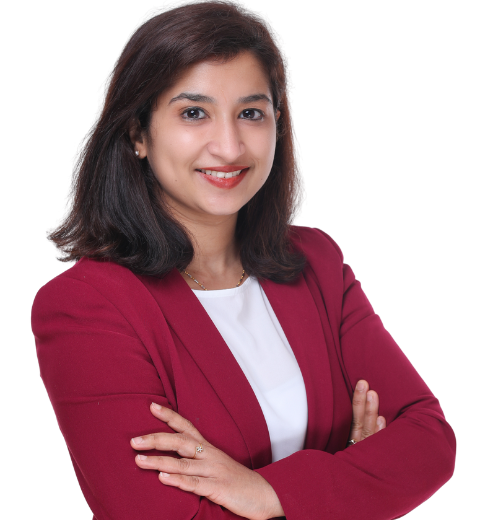Balance & Vertigo Clinic
Better Balance. Better Life.
Balance Clinic at Burjeel Hospital, provides comprehensive treatment for patients with vertigo, dizziness, and hearing issues and provides comprehensive, audiological services, cochlear implants, vestibular and balance assessment, and management. It is a certified by the world-renowned American Institute of Balance. We have excellent feedback from patients diagnosed and treated for their long-standing vertigo, which was misdiagnosed or undiagnosed. Our success rates are high as patients’ wellness lies at our institution’s core.
Dizziness and balance disorders are the most commonly reported by patients of all ages. Clinicians in almost all disciplines will be faced with evaluating this complex problem.
It is essential to distinguish between the balance disorder as dizziness due to vertigo of the ear (the most common type) or a severe brain disorder such as stroke, transient ischemic attack, etc.
Dizziness is the second most common complaint in outpatient clinics and is the first complaint for individuals over age 70. Acute or chronic balance problems may limit a person’s everyday living and increase the risk of falls.
Balance Disorder can further be classified into two main disorders:
It is a condition where the inner ear is involved. It is also called peripheral vertigo, which is presented as a sensation of spinning and accompanied by the patient’s eyes rapidly snapping or jerking to and fro.
This will relate to a sensation that the environment around them is moving. The ear’s vertigo is more likely associated with auditory symptoms (e.g., tinnitus, hearing loss) and nausea and vomiting.
Signs and Symptoms of Vestibular Disorders:
It is a condition where dizziness may be described as a spinning sensation inside the head and does not report the movement of the environment. Psychophysiologic dizziness is suggested by describing a feeling that they have left their body.
Signs and Symptoms of Non-Vestibular Disorder:
Vestibular Rehabilitation Therapy (VRT) is a type of physical therapy that focuses on treating vestibular (inner-ear) problems. The goal of VRT is to improve your symptoms by retraining your brain to process information from your inner ear like before the problem started. Three types of exercises are usually prescribed:
It is a medical test that measures eye movements to diagnose various neurological disorders. Video-nystagmography (VNG) works by recording eye movements through a camera attached to the patient’s forehead. The test takes about 15 minutes and can be done while the patient is sitting up or lying down. Video-nystagmography (VNG) helps identify whether there are problems with the vestibular system, which controls balance and coordination; it can also detect other conditions. One of them is benign paroxysmal positional vertigo (BPPV). This inner ear disorder causes dizziness or sensations of movement after changing position (like rolling over in bed).
It is a method of balance assessment that measures the ability to maintain posture with changes in position, orientation, and velocity. CDP also provides information about the effect of sensory input on posture. The device measures postural sway as an individual stands on a moving platform. The platform moves up and down, side-to-side, and rotates around its vertical axis.
It is a method of measuring balance. It uses a video camera to create an image of the participant’s head. It then measures how quickly it returns to its normal position after tilting.
It is a test that measures the response of the muscles in your middle ear to sound. This test can help doctors diagnose disorders of the inner ear and brainstem, such as Ménière’s disease, vestibular neuritis, stroke, and other conditions.
It is a non-invasive technique for monitoring the electrical activity of the auditory nerve in response to sounds. The EchoG is used to diagnose and monitor hearing loss, balance disorders, and neurological conditions that affect hearing.
In addition to Balance Tests, our Audiologist in the Balance Clinic may request imaging tests, such as an MRI of the inner ear, brain, or spine.
Patients worldwide suffer from dizziness hence the right diagnosis is the key to the success of treating a dizzy patient.

American Institute of Balance Certified Clinical Audiologist
Burjeel Hospital, Abu Dhabi
Specialized in treating patients with hearing loss and balance disorders (dizziness or vertigo, imbalance or falls)